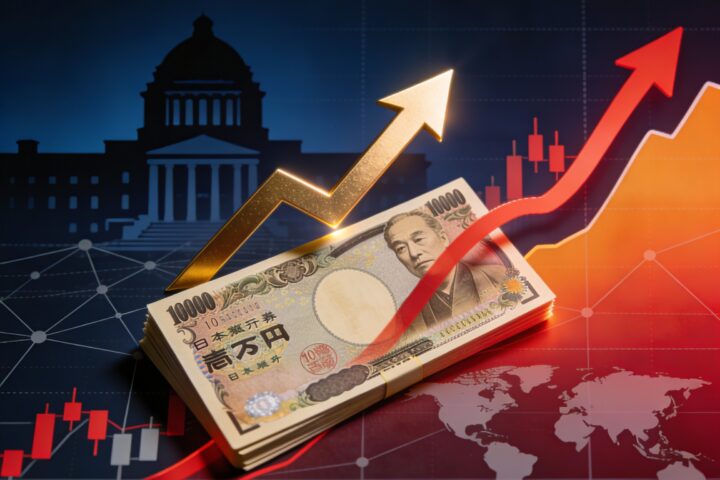The U.S. Dollar Index (DXY) remained steady on Thursday, holding above the 98.00 mark, as traders and investors worldwide waited for the release of the ISM Services Purchasing Managers’ Index (PMI). The report, a key barometer of U.S. economic health, is expected to provide fresh clues on whether the Federal Reserve will maintain its current interest rate stance or shift toward a more accommodative policy.
Why the ISM Services PMI Matters
The ISM Services PMI is widely followed because it reflects business activity in the services sector, which makes up nearly 80% of the U.S. economy. From retail and transportation to healthcare and finance, the services sector drives U.S. growth.
- A reading above 50 indicates expansion, while anything below signals contraction.
- A strong print would suggest economic resilience, reinforcing expectations that the Fed can hold interest rates higher for longer.
- A weaker-than-expected print could reignite speculation that policymakers may soon pivot toward rate cuts to sustain growth.
Economists expect the August PMI to show continued resilience but at a slower pace, reflecting lingering inflation pressures and cautious consumer spending.
Dollar Strength in Global Context
The dollar has maintained its dominance against most major currencies in recent sessions, thanks to:
- Safe-Haven Appeal: Rising geopolitical tensions in Asia and the Middle East have driven investors toward the greenback as a safe-haven asset.
- Higher Treasury Yields: The 10-year U.S. Treasury yield has edged above 4.3%, attracting capital inflows and adding support to the dollar.
- Fed’s Policy Outlook: With inflation still above the Fed’s 2% target, markets expect the central bank to keep rates elevated well into 2026.
As a result, the euro slipped closer to 1.07 against the dollar, while the Japanese yen hovered near the sensitive 150 level. The yen’s weakness has sparked renewed speculation that Japanese authorities may intervene to stabilize their currency.
What Analysts Are Saying
Market strategists emphasize that the dollar’s stability is a sign of strong underlying demand for U.S. assets, but warn that volatility could spike once the ISM data is released.
“Investors are in a holding pattern,” said one senior FX strategist. “A stronger-than-expected PMI could push the dollar index toward the 99.00 level, while a disappointing print may trigger profit-taking and revive dovish Fed bets.”
This cautious tone is reflected in thin trading volumes across global forex markets, as traders avoid taking large positions ahead of the report.
Global Implications of a Strong Dollar
A dollar that stays strong or strengthens further has ripple effects across global markets:
- Emerging Markets: Many developing economies rely on dollar-denominated borrowing. A firmer greenback increases their repayment burden, squeezing fiscal balances.
- Commodities: Assets like gold and oil, priced in dollars, often face downward pressure when the U.S. currency appreciates. Gold has retreated slightly in recent sessions, while crude oil has struggled to break higher despite supply concerns.
- Global Corporations: Multinational companies listed in the U.S. face currency headwinds when translating overseas revenues back into dollars, potentially impacting earnings growth.
For global investors, the dollar’s trajectory is not just a U.S. story but a worldwide market driver.
Looking Ahead: PMI as a Turning Point
The ISM Services PMI is one of the final pieces of critical data before the Federal Reserve’s next policy meeting. Together with recent labor market figures and inflation reports, it could tilt the Fed’s decision-making in either direction.
- If PMI surprises to the upside → the Fed may feel emboldened to maintain or even tighten policy, extending dollar strength.
- If PMI misses expectations → the market may lean toward earlier rate cuts, weakening the dollar in the near term.
Either way, today’s release will likely set the tone for global markets in the coming weeks.
The U.S. dollar’s firm grip above the 98.00 threshold highlights investor caution ahead of the ISM Services PMI report. With the Federal Reserve’s next steps still uncertain, this data point could determine not only the dollar’s short-term trajectory but also broader global financial trends.
For businesses, traders, and policymakers alike, the takeaway is clear: all eyes are on the PMI numbers. Whether the data strengthens or undermines the case for a higher-for-longer Fed, the dollar’s moves in the hours ahead could ripple across currencies, commodities, and capital markets worldwide.







